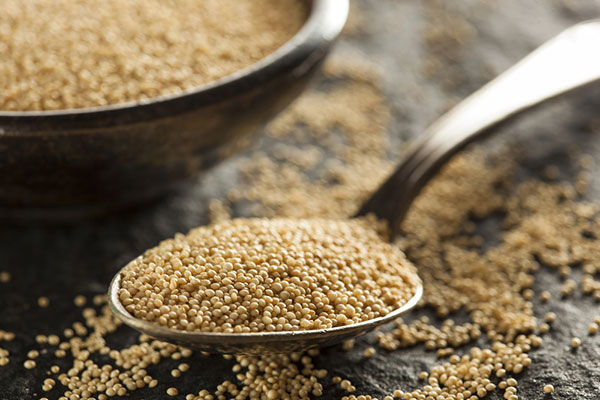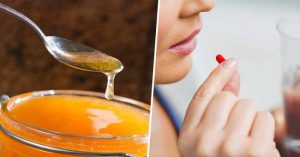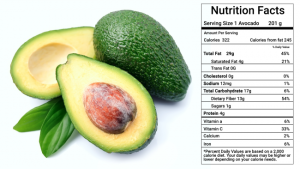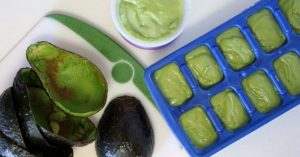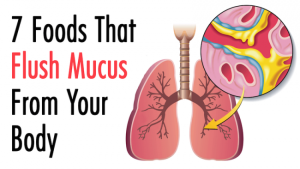Are you struggling to lose weight and maintain a healthy diet? You may have a toxic fatty acid that blocks weight loss.
Here's how a simple “Ice Hack” speed up my fat loss and helped me restore my health, watch now.
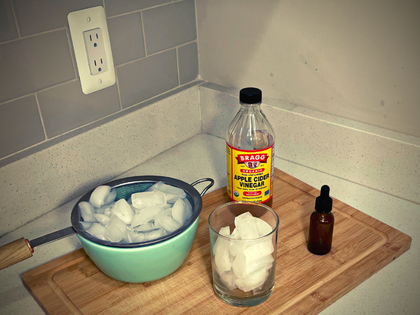
Gluten is now a regular element of our daily lives. Sometimes it seems almost impossible to prepare a meal that doesn’t contain gluten. But, those who have been diagnosed with celiac diseases must stay away from gluten.
Diets that are gluten-free usually require the elimination of grains, especially those that contain gluten. A gluten-free diet does not mean you must eliminate eating grains.
We recommend that you go through this article about 9 grains that don’t contain gluten. Korrina Fotheringham, a well-known American nutritionist, offers the 9 grains that are gluten-free. The most appealing aspect about the grains she has chosen is they’re very easy to prepare, tasty, and nutritious.
Here are 9 gluten-free grains full of nutrients:
- Quinoa
Quinoa is now an increasingly loved grain. It is high in iron as well as protein and is mostly used by people who do not consume meat or animal products. Cook the quinoa in a cup along with three cups of liquid for about 10 minutes.
- Amaranth
Amaranth originates from South America, and it has a great source of vitamins C and fiber. It is a great choice for those suffering from celiac diseases because of its capacity to positively impact the development of the digestive system in general.
To make a complete breakfast, mix 1/3 cup amaranth with 3 cups of gluten-free oatmeal. Just add a bit of salt to taste and then pour in the water to make 4 cups. Cook for half an hour.
- Buckwheat
Buckwheat is an old delicious meal, that provides a good source of B vitamins and calcium. To make buckwheat porridge simmer it on low flame for about 15 minutes. You can add olive oil or butter, and a bit of salt.
- Corn
Both the corn and the cornflour are high in fiber as well as vitamin C and vitamin A. If you’ve suffered from celiac disease and require to replenish your cells then polenta is the best choice for you.
We should be aware that markets are overflowing with corn genetically modified. it might be better to purchase corn grits that come from the local farmer.
- Millet
Millet is frequently regarded as a non-essential food, and it’s not utilized as often. But, it is nutritious and digestible It is also quite affordable economical, as well as abundant with B minerals and potassium. Millet also regulates the pH of your body and helps keep the balance of acid and base in the entire body.
For preparing this delicious dish, add 3 cups of water and cook it over extremely low heat for 30 minutes. Millet can be made into pudding, too. Millet can be cooked in a mixture of water and fruit juice (4 cups) for 45 minutes to one hour.
- Oats
A lot of people across the globe begin their day with an oatmeal breakfast. Oats are extremely high in protein and fiber. The grain is not a source of gluten, but in the process, it is possible that it will be “infected” with gluten, so be sure to seek out products that are gluten-free.
The oatmeal recipe is very like the recipe for any other cereal grain. You need to cook oatmeal in a cup along with 2 cups of water over about 15 hours (depending on how thick you are looking for).
- Rice
Rice has been extensively used over the centuries. It is high in thiamine and doesn’t contain gluten. If you are looking to regulate your blood sugar, choose basmati rice. It takes longer for your body to process it. To get more fiber, go for brown rice. It is recommended to cook it for slightly longer than normal rice.
Cook one cup of rice with well as two cups of water for a bit longer than 10 minutes. To make brown rice, boil one cup of the grain along with three glasses of water. It should take between 45 to 60 minutes.
- Sorghum (Chinese sugar cane)
Sugar cane isn’t nearly as widely used as other grains are considered gluten-free. Most likely, people don’t even realize that sugar cane is consumed as food. It’s pretty difficult to locate it. But, sugar cane flour is a fantastic ingredient in the making of different desserts, and naturally, it’s gluten-free.
- Teff
Teff is a product of the food industry which is used extensively in the Ethiopian food chain. It is a great source of fiber, protein as well as other nutrients. Some refer to it as “super-grain,” as it has five times more calcium and iron as well as potassium than other grains.
Source: healthyfoodhouse.com

